[ExpertPhotography is supported by readers. Product links on ExpertPhotography are referral links. If you use one of these and buy something, we make a little bit of money. Need more info? See how it all works here.]
Using a Telephoto Lens for Pet Photography: What is It?
As a general summary, a telephoto lens is a long lens that allow you to photograph distant subjects easily. This is due to how long their focal length is. A lens is considered a telephoto lens if it has a focal length of over 60mm. Many people confuse a telephoto lens with a zoom lens but they are actually different things. A telephoto lens can be (but does not have to be) a zoom lens. Telephotos come in a variety of focal lengths from “medium telephoto” (generally 70-200mm) and “super telephoto” (longer than 300mm). They can be either zoom or prime lenses. This lens allows the photographer to sit far back and not disturb the pet while taking pictures. A telephoto lens is extremely useful for action photography in general. They are also popular in portrait and macro photography. They produce a natural perspective free from the distortion caused by using a wide angle lens. Telephoto lenses can range from a fixed to a zoom focal length. The fixed is generally sharper than the zoom. An absolute favourite among animal photographers is the 70 – 200mm.
6. You Will Not Interrupt the Action
Something that I’ve noticed through my years of working as a pet photographer is that pet owners really love candid moments that capture their beloved companion’s personality. When you take close-up portraits, the personality of some animals can hide or become more sheltered. This is because they are being posed or can feel insecure or odd with a stranger in front of them. Occasionally, the owner’s stress level trying to pose the pet plays a part in how the animal behaves in front of the lens. As such, hiding yourself is the key to catching those fun, playful, and iconic moments. When it comes to pet photography, sometimes the best shots are those in which you play no role. It is often to your benefit to sit farther back with a telephoto lens and not interfere with the playful animals in front of you. With the length of the telephoto lens, you can sit very far back, to the point in which the animal doesn’t even know you’re there. Whether you have a fixed millimetre or a variable focal length, you’ll be able to pick out your subjects at their finest. As well as this, much of my work comes from photographing dog sporting events, such as canine agility contests. The point is to capture beautiful action shots without the dog being distracted by your gear. The solution is to sit farther away and shoot with a telephoto lens!
5. Telephoto Lenses Produce a Natural Perspective Free of Distortion
One of the key highlights of telephoto lenses is the fact that they produce a natural perspective (minus the incredible zoom). Lenses that have no distortion are some of the easiest lenses to use. You do not have to factor in any form of misrepresentation due to curved glass. When you can take a picture of something exactly as your eye sees it, composition becomes easier as well. This is especially key for pet portraiture, in which you do not want your subject altered in any capacity. Many pet owners love when photographers capture their furry one in the perspective that they see them, without risking the pet’s proportions.
4. Versatility and Magnification
From action to portraits, wildlife to domestic animals, telephoto lenses are as versatile as they are long! Because these lenses feature no distortion, you can use them for a multitude of different kinds of photography. The magnification offers even more options as you are able to photograph subjects that may not have previously been possible. You can switch from different kinds of photography right on the fly as well. Imagine photographing a bird perched on a faraway tree and then immediately being able to switch to a wild wolf running after a deer many feet away!
3. Shallow Depth of Field While Picking Distant Subjects Out
Most telephoto lenses feature low apertures, which makes them fast lenses. The f/stop, also known as the aperture, tells you how wide the lens can open. The wider the aperture (which means the number is smaller), the more light it lets in and the shallower the depth of field. The smaller the aperture (the larger the number), the less light it lets in and the deeper the depth of field. Lenses with a wide aperture are considered “fast” lenses because they can achieve the same exposure with a faster shutter speed. What this little lesson on lenses leads to is this key benefit to using a telephoto lens: the smaller f-stop means that the lenses produce shallow depth of field, which allows you to pick distant subjects out from whatever cluttered location they are in. This is exceptionally wonderful if you’re photographing a pet in a park! You can pick out the dog you are taking pictures of from amongst the trees or fellow dog friends. The shallow depth of field will separate the subject from the background.
2. Built-In Image Stabilization
Because of their weight, many telephoto lenses have built-in image stabilization (often denoted as “IS”). This system accounts for any form of shaking and attempts to prevent unintentional motion blur. IS compensates for the movement of your camera or lens to produce a more sharp image. Camera shake is a particular problem at slow shutter speeds or with long focal length lenses, such as telephotos. The way this works is through a system of electromagnets that move internal glass elements. When you engage image stabilization, your camera will activate these electromagnets and create a “spring-like” suspension system where the glass can absorb camera shake. Image stabilization is a fantastic tool, especially in low light! It can definitely improve photographing pets in low light or pets in great action shots.
1. A Worthy Financial Investment
The purchase of new gear should never be influenced by resale value. But there is a logistical importance to this final reason. If you do pet photography for a living, it is key to keep the future in mind and see your purchases as investments. In comparison to a camera body, the lens will retain more of its value when talking about resale. This is because camera bodies are upgrading and advancing at a far faster rate. Older bodies become obsolete quickly. The same lenses, on the other hand, will likely still be in use five to 10 years from now (if not even longer). Lens technology does not frequently improve, nor does it do so at such a rapid rate. Telephoto lenses are very prized in the photography world. You will get a lot of your money back if you sell those (even years later!). However, with every pro, there is a con. Do keep the following in mind about telephoto lenses. Steep Price: Telephoto lenses are quite expensive, especially compared to other types of lenses. This is because the technology and build required to make these prized pieces of equipment is not cheap. Prices can range from $2,000 all the way to $100,000 or more. Heavy Weight and Large Size: Telephoto lenses are not small. Likely one of the smallest is the 70-200mm, but these lenses can go all the way up to 40lbs. These lenses can be bulky to pack and physically exerting to carry. However, you can likely cut down your time at the gym if you use these lenses a lot! May Require a Monopod: Due to sheer size, many of the telephoto lens models will require you to use a monopod to compensate for length and weight. Focusing Distance: These lenses are intended for subjects farther away. Therefore, they will not focus on subjects too close to the glass. Often pets need to be several feet away. Shallow Depth of Field plus Distance Can Make Focusing Harder to Pinpoint: As is the case with any far-away pet subject, it can be difficult to nail the focus, especially with shallow depth of field. This requires lots of practice! In conclusion, telephoto lenses are a fantastic investment if you’re a pet photographer (as you can see from the pictures!). From their versatility to their capability, these nifty long lenses will not only make you aesthetically stand out from the crowd, you’ll also take fantastic images to show for it.
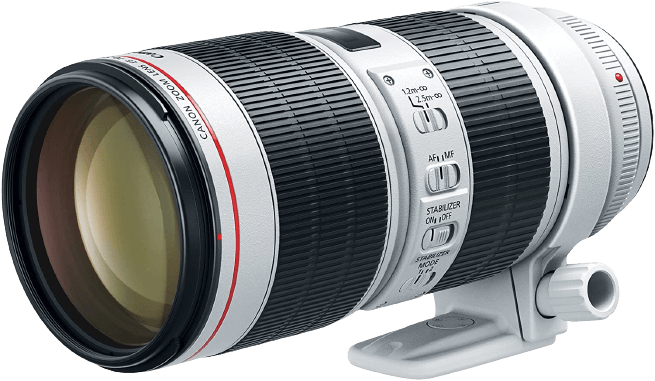




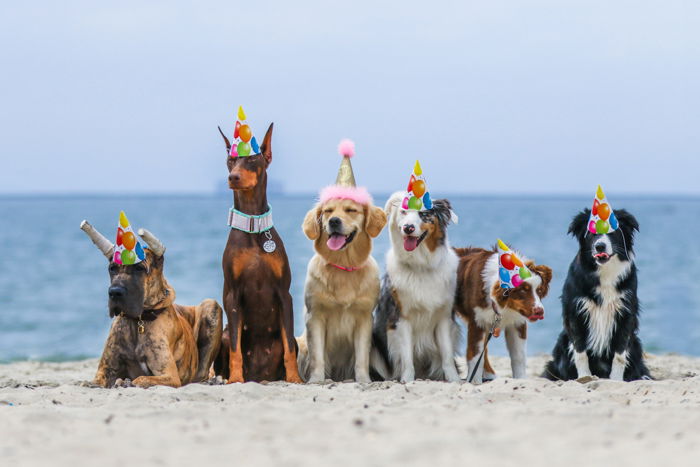
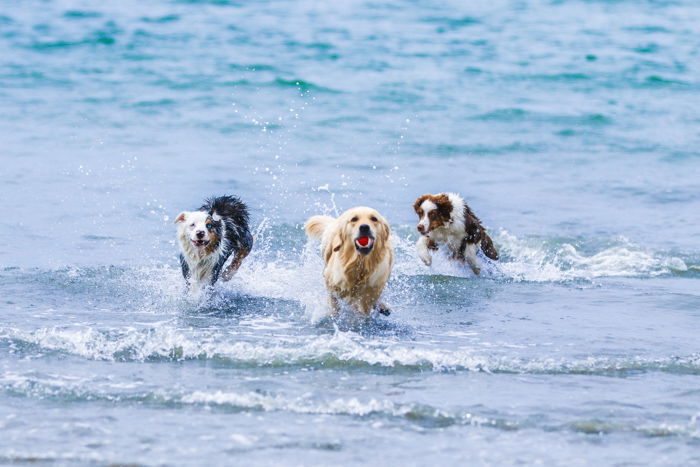
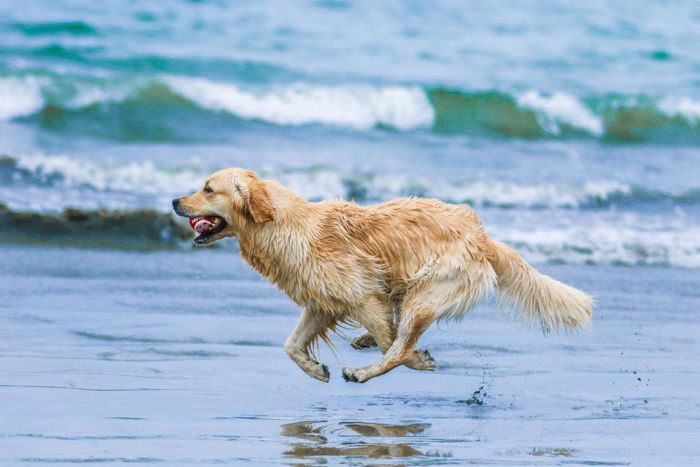
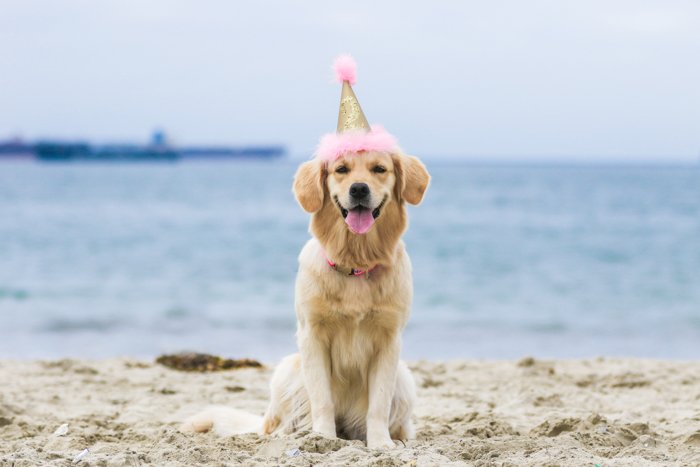
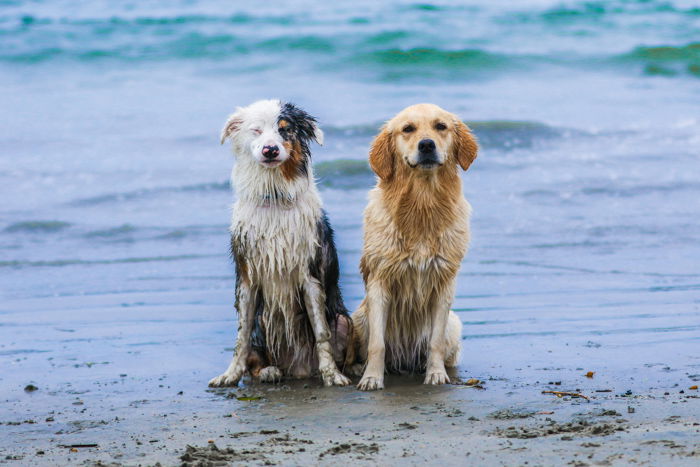
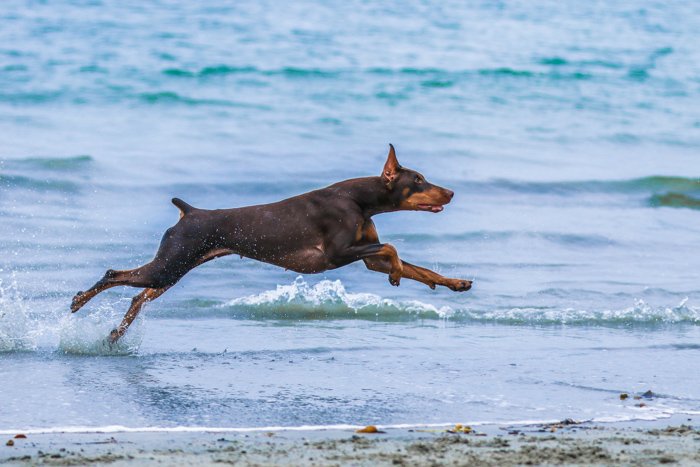
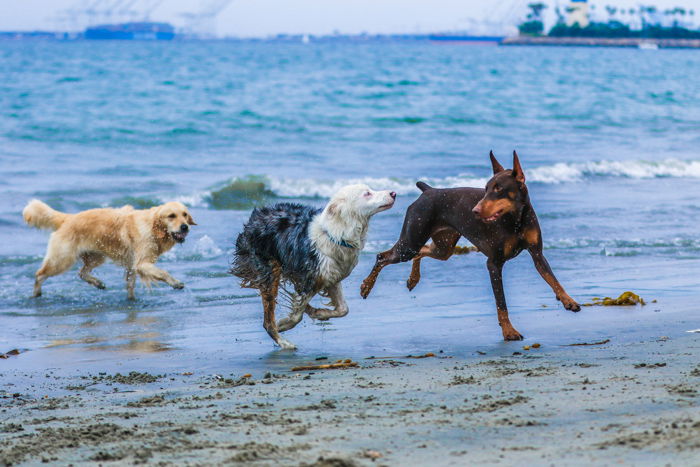
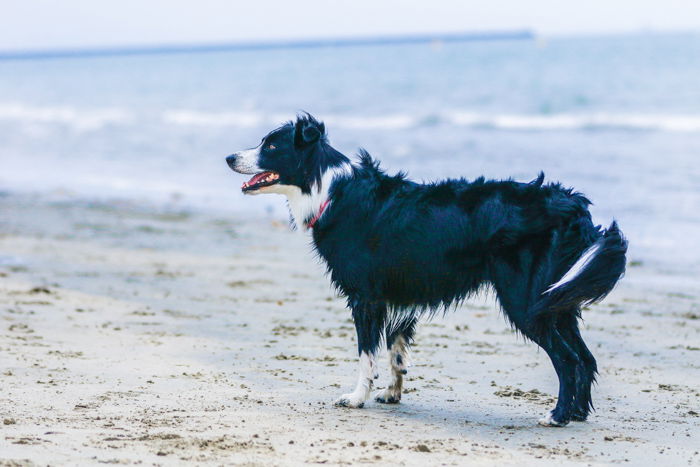
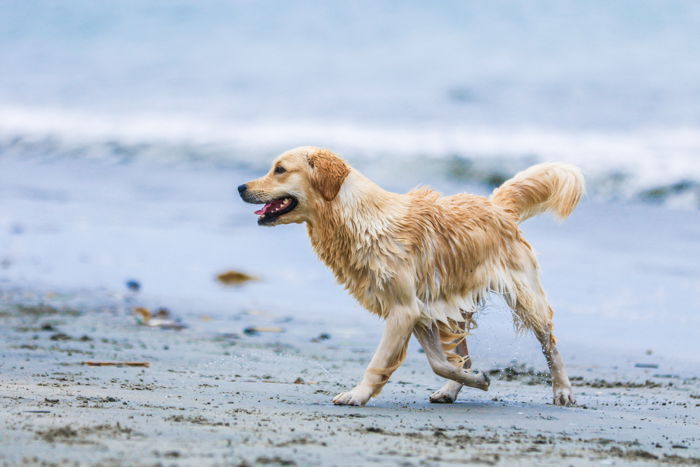
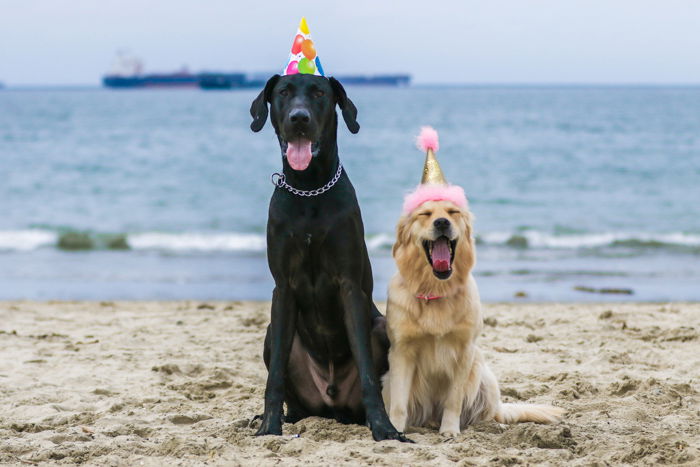
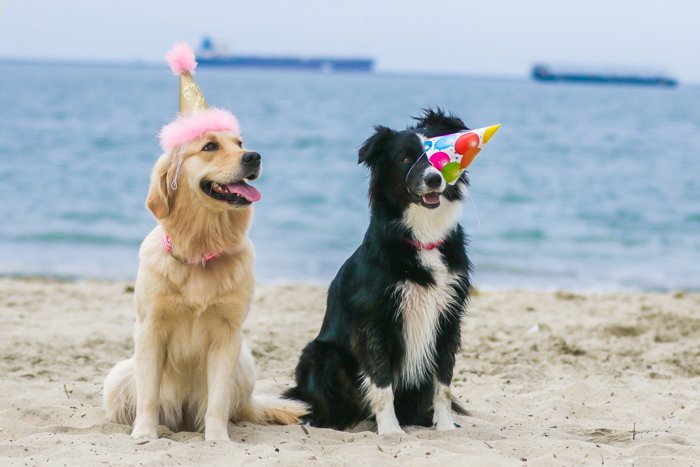
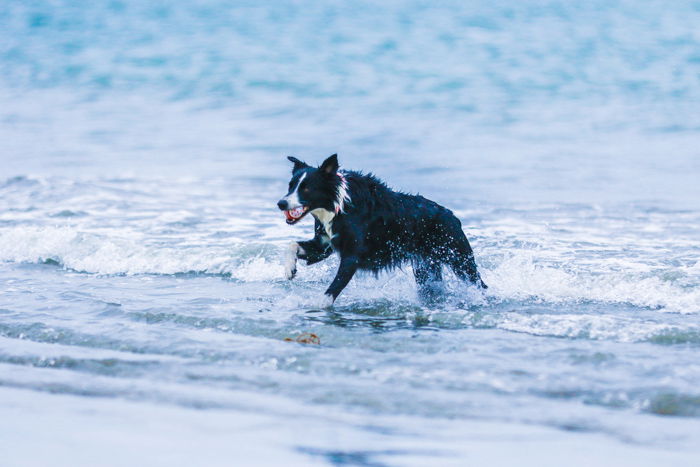
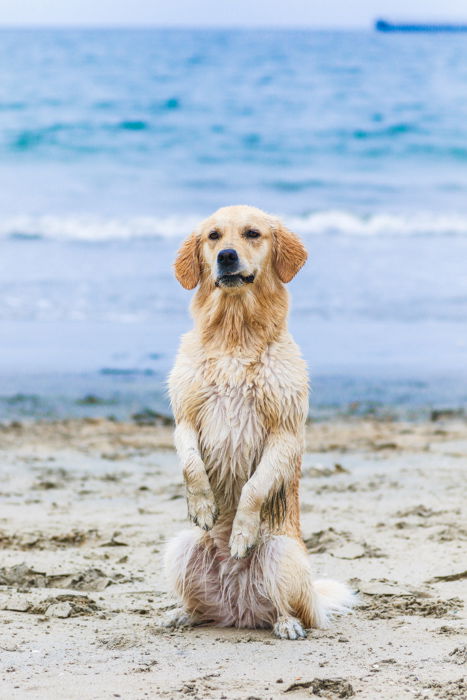


title: “6 Reasons To Use A Telephoto Lens For Pet Photography” ShowToc: true date: “2023-01-18” author: “Rosetta Woodard”
[ExpertPhotography is supported by readers. Product links on ExpertPhotography are referral links. If you use one of these and buy something, we make a little bit of money. Need more info? See how it all works here.]
Using a Telephoto Lens for Pet Photography: What is It?
As a general summary, a telephoto lens is a long lens that allow you to photograph distant subjects easily. This is due to how long their focal length is. A lens is considered a telephoto lens if it has a focal length of over 60mm. Many people confuse a telephoto lens with a zoom lens but they are actually different things. A telephoto lens can be (but does not have to be) a zoom lens. Telephotos come in a variety of focal lengths from “medium telephoto” (generally 70-200mm) and “super telephoto” (longer than 300mm). They can be either zoom or prime lenses. This lens allows the photographer to sit far back and not disturb the pet while taking pictures. A telephoto lens is extremely useful for action photography in general. They are also popular in portrait and macro photography. They produce a natural perspective free from the distortion caused by using a wide angle lens. Telephoto lenses can range from a fixed to a zoom focal length. The fixed is generally sharper than the zoom. An absolute favourite among animal photographers is the 70 – 200mm.
6. You Will Not Interrupt the Action
Something that I’ve noticed through my years of working as a pet photographer is that pet owners really love candid moments that capture their beloved companion’s personality. When you take close-up portraits, the personality of some animals can hide or become more sheltered. This is because they are being posed or can feel insecure or odd with a stranger in front of them. Occasionally, the owner’s stress level trying to pose the pet plays a part in how the animal behaves in front of the lens. As such, hiding yourself is the key to catching those fun, playful, and iconic moments. When it comes to pet photography, sometimes the best shots are those in which you play no role. It is often to your benefit to sit farther back with a telephoto lens and not interfere with the playful animals in front of you. With the length of the telephoto lens, you can sit very far back, to the point in which the animal doesn’t even know you’re there. Whether you have a fixed millimetre or a variable focal length, you’ll be able to pick out your subjects at their finest. As well as this, much of my work comes from photographing dog sporting events, such as canine agility contests. The point is to capture beautiful action shots without the dog being distracted by your gear. The solution is to sit farther away and shoot with a telephoto lens!
5. Telephoto Lenses Produce a Natural Perspective Free of Distortion
One of the key highlights of telephoto lenses is the fact that they produce a natural perspective (minus the incredible zoom). Lenses that have no distortion are some of the easiest lenses to use. You do not have to factor in any form of misrepresentation due to curved glass. When you can take a picture of something exactly as your eye sees it, composition becomes easier as well. This is especially key for pet portraiture, in which you do not want your subject altered in any capacity. Many pet owners love when photographers capture their furry one in the perspective that they see them, without risking the pet’s proportions.
4. Versatility and Magnification
From action to portraits, wildlife to domestic animals, telephoto lenses are as versatile as they are long! Because these lenses feature no distortion, you can use them for a multitude of different kinds of photography. The magnification offers even more options as you are able to photograph subjects that may not have previously been possible. You can switch from different kinds of photography right on the fly as well. Imagine photographing a bird perched on a faraway tree and then immediately being able to switch to a wild wolf running after a deer many feet away!
3. Shallow Depth of Field While Picking Distant Subjects Out
Most telephoto lenses feature low apertures, which makes them fast lenses. The f/stop, also known as the aperture, tells you how wide the lens can open. The wider the aperture (which means the number is smaller), the more light it lets in and the shallower the depth of field. The smaller the aperture (the larger the number), the less light it lets in and the deeper the depth of field. Lenses with a wide aperture are considered “fast” lenses because they can achieve the same exposure with a faster shutter speed. What this little lesson on lenses leads to is this key benefit to using a telephoto lens: the smaller f-stop means that the lenses produce shallow depth of field, which allows you to pick distant subjects out from whatever cluttered location they are in. This is exceptionally wonderful if you’re photographing a pet in a park! You can pick out the dog you are taking pictures of from amongst the trees or fellow dog friends. The shallow depth of field will separate the subject from the background.
2. Built-In Image Stabilization
Because of their weight, many telephoto lenses have built-in image stabilization (often denoted as “IS”). This system accounts for any form of shaking and attempts to prevent unintentional motion blur. IS compensates for the movement of your camera or lens to produce a more sharp image. Camera shake is a particular problem at slow shutter speeds or with long focal length lenses, such as telephotos. The way this works is through a system of electromagnets that move internal glass elements. When you engage image stabilization, your camera will activate these electromagnets and create a “spring-like” suspension system where the glass can absorb camera shake. Image stabilization is a fantastic tool, especially in low light! It can definitely improve photographing pets in low light or pets in great action shots.
1. A Worthy Financial Investment
The purchase of new gear should never be influenced by resale value. But there is a logistical importance to this final reason. If you do pet photography for a living, it is key to keep the future in mind and see your purchases as investments. In comparison to a camera body, the lens will retain more of its value when talking about resale. This is because camera bodies are upgrading and advancing at a far faster rate. Older bodies become obsolete quickly. The same lenses, on the other hand, will likely still be in use five to 10 years from now (if not even longer). Lens technology does not frequently improve, nor does it do so at such a rapid rate. Telephoto lenses are very prized in the photography world. You will get a lot of your money back if you sell those (even years later!). However, with every pro, there is a con. Do keep the following in mind about telephoto lenses. Steep Price: Telephoto lenses are quite expensive, especially compared to other types of lenses. This is because the technology and build required to make these prized pieces of equipment is not cheap. Prices can range from $2,000 all the way to $100,000 or more. Heavy Weight and Large Size: Telephoto lenses are not small. Likely one of the smallest is the 70-200mm, but these lenses can go all the way up to 40lbs. These lenses can be bulky to pack and physically exerting to carry. However, you can likely cut down your time at the gym if you use these lenses a lot! May Require a Monopod: Due to sheer size, many of the telephoto lens models will require you to use a monopod to compensate for length and weight. Focusing Distance: These lenses are intended for subjects farther away. Therefore, they will not focus on subjects too close to the glass. Often pets need to be several feet away. Shallow Depth of Field plus Distance Can Make Focusing Harder to Pinpoint: As is the case with any far-away pet subject, it can be difficult to nail the focus, especially with shallow depth of field. This requires lots of practice! In conclusion, telephoto lenses are a fantastic investment if you’re a pet photographer (as you can see from the pictures!). From their versatility to their capability, these nifty long lenses will not only make you aesthetically stand out from the crowd, you’ll also take fantastic images to show for it.



















